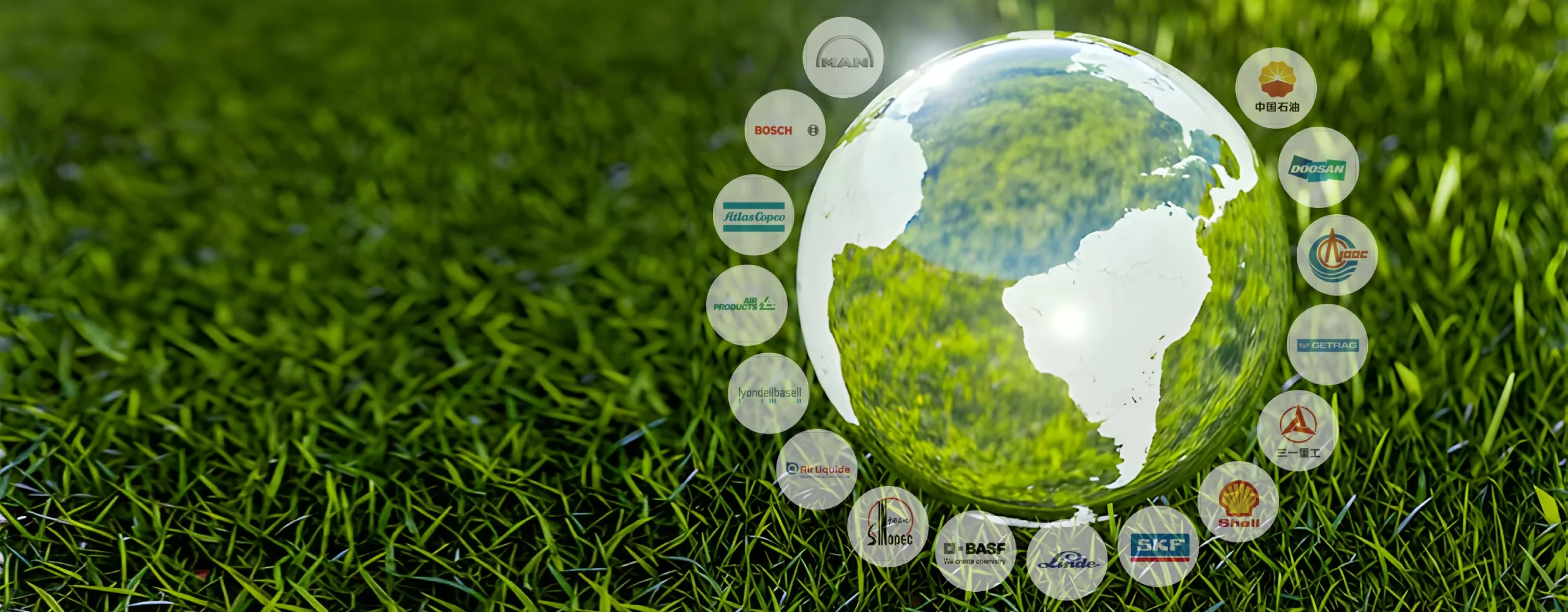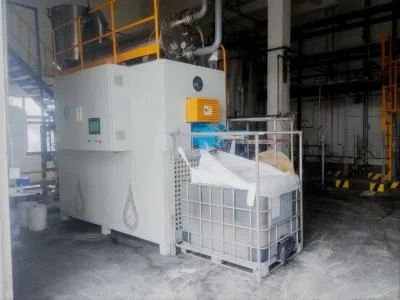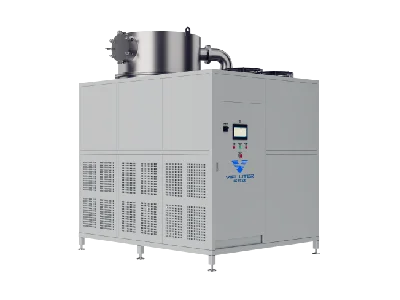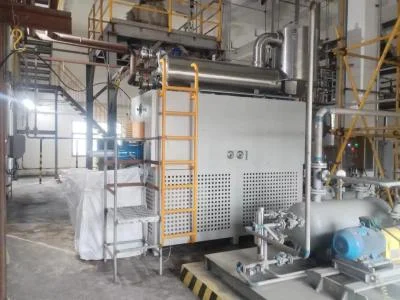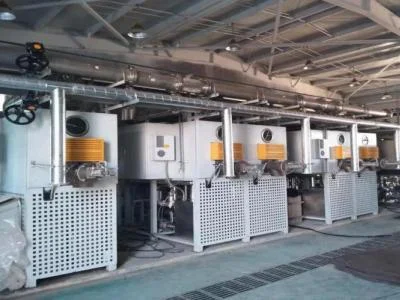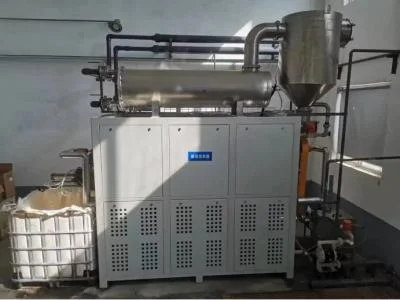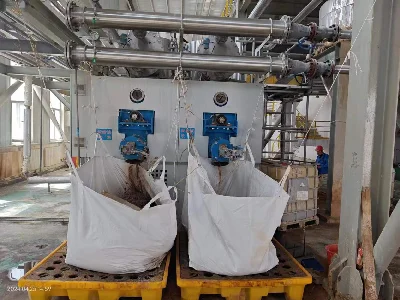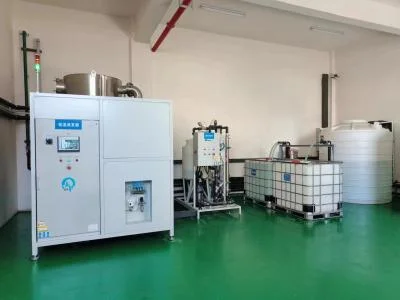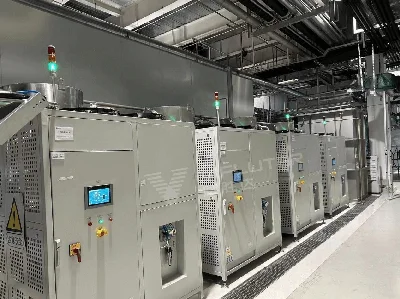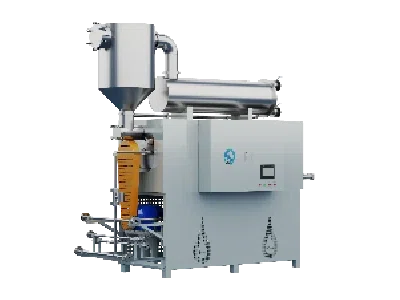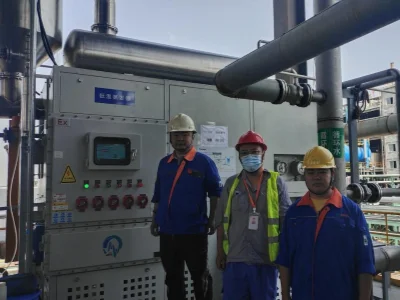This article focuses on the environmental protection and development of the coal chemical industry. The core content includes: the country's environmental protection regulations for the industry in terms of wastewater (including zero emission requirements), waste gas, solid waste treatment, energy efficiency, monitoring, etc.; the standards, treatment processes, technical bottlenecks and breakthrough strategies for zero wastewater discharge; the environmental impact of each link in the industrial chain; new pollution control technologies; the environmental, economic and social significance of zero emissions; the required environmental protection equipment, industrial distribution characteristics, and the development prospects of the industry relying on technological innovation to transform to a green and low-carbon environment. It emphasizes the need to balance environmental protection and economic benefits to achieve sustainable development.
